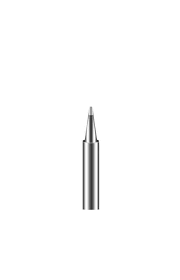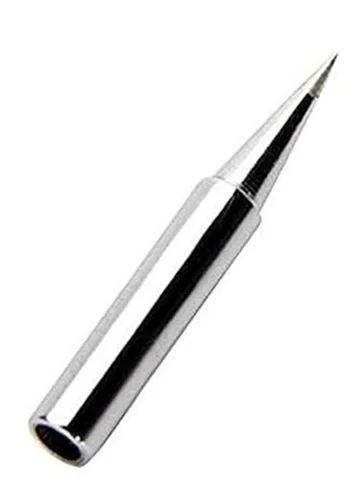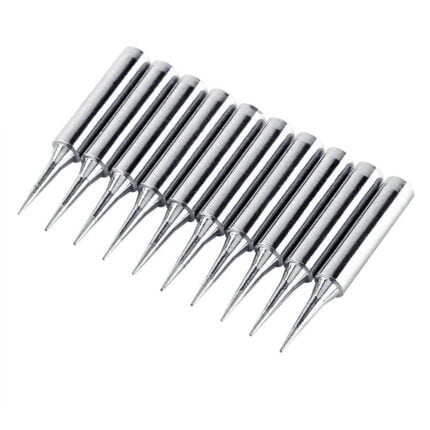the “600-1.2D” soldering iron bit, as it appears to be a specific product or model designation that is not widely recognized in my training data. Product models and specifications can vary between manufacturers, and new products may have been released since then.
To obtain accurate and detailed information about the “600-1.2D” soldering iron bit, I recommend checking the product documentation provided by the manufacturer or contacting the manufacturer directly. However, I can provide you with a general description of what you might find for a typical soldering iron bit:
- Type of Tip: Identify the shape of the tip, such as chisel, conical, bevel, etc. Different tip shapes are suitable for different soldering tasks.
- Material: Determine the material of the soldering iron bit. Common materials include copper or alloys, sometimes with coatings like iron, nickel, or chromium to enhance durability and performance.
- Size: Check the dimensions of the tip. The size of the tip is important for different soldering applications. Smaller tips are often used for precision work, while larger tips are suitable for larger joints.
- Temperature Range: Verify the temperature range that the soldering iron bit is designed to handle. Different applications may require different temperatures, so having a bit with a suitable temperature range is crucial.
- Compatibility: Ensure that the soldering iron bit is compatible with your specific soldering station model.
If you can’t find information through official documentation, you may want to contact the manufacturer’s customer support for assistance. They should be able to provide detailed specifications for the “600-1.2D” soldering iron bit and address any specific questions you have about its features and capabilities.

 Soldering Irons
Soldering Irons


































Venkat P. –
Overpriced is the only compliment it can get.